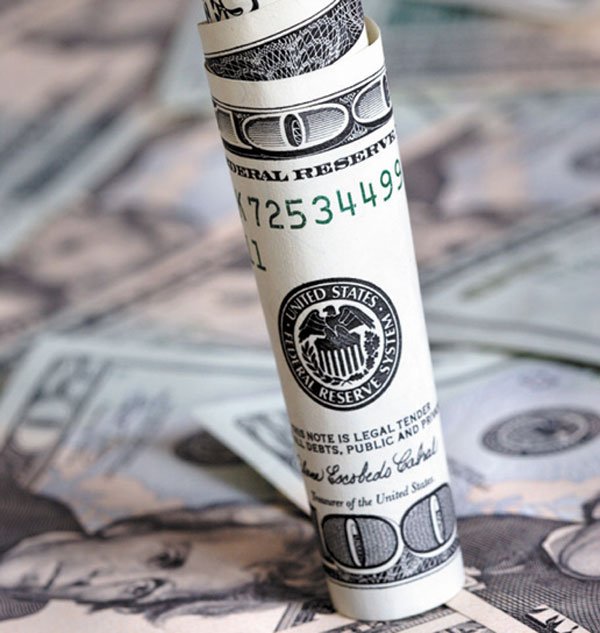Bank failures! Stock market plunges! Mega-bailouts! The news is
enough to make the financially challenged wonder if it might be
time to stash cash under the mattress.
Jane Bussey – Mcclatchy Newspapers
MIAMI
Bank failures! Stock market plunges! Mega-bailouts! The news is enough to make the financially challenged wonder if it might be time to stash cash under the mattress.
“If I hear a bad rap on a bank and have my money in there, my first thought is to get it out,” said Judy Schwam of North Miami, Fla. Although she knows deposits are insured by the Federal Deposit Insurance Corp., she added: “I want my money in a bank that appears to have a better reputation.”
Consumers such as Schwam who are trying to decide whether to leave deposits in a shaky bank or shop for a new one can take two steps to avoid problems, said Karen Dorway, president of BauerFinancial, a Coral Gables, Fla., bank rating agency:
n Pick a well-rated bank. Ratings are listed each week in Jumbo Rate News, a BauerFinancial publication, or TheStreet.com.
Despite the failure of several large banks, more than 65 percent of banks still receive four- or five-star ratings from BauerFinancial, which also rates credit unions.
Customers also can ask a bank itself about its rating and whether regulators consider the bank “well capitalized” or just “adequately capitalized.” Higher capital levels offer banks a safety cushion against the effects of bad loans.
n Customers should make sure their deposits are fully insured with the FDIC. Consult www.fdic.gov or call the agency at 877-275-3342.
In general, the government insures individual accounts up to $100,000 and retirement accounts for up to $250,000. The insurance comes from money the banks pay into the FDIC insurance fund, but the FDIC can tap the Treasury for more funds in case of need.
Relatives can be included on a single account, thereby increasing the amount guaranteed. Various kinds of accounts get different levels of insurance.
If you’re unsure whether your account is fully covered, ask an expert.
Given the level of market turmoil, the FDIC wants to raise the deposit insurance limit. There are proposals in Congress to increase it to $250,000. The increase is seen as a move to stem the outflows from small banks as companies or individuals move accounts around.
When a bank takes over a failing institution, most customers will not see any difference in operations, although banks may close down overlapping branches.
n Another option short of stuffing greenbacks under a mattress is to put money into the ultimate in security: Treasury bills. But this does mean sacrificing returns. The yield on three-month Treasuries sank to next to nothing on Sept. 29, 0.14 percent, before rising to 0.89 percent the next day. The low yield shows that for panicked investors, safety is more important than the rate of return.
The strongest banks are seeing depositors rush to their doors.
“We have seen that people are moving their money around,” said Daniel S. Kushner, chief financial officer at City National Bank of Florida.
Kushner said that City National had been opening new accounts at four times the normal volume. “We expect that to continue,” he said.
City National, a privately owned bank with headquarters in Miami, has $2.82 billion in assets and is a conservative lender, Kushner said. This practice is helping the bank weather the crisis with a low rate of loan losses while still making a profit.
“We’re actually one of the few banks that is making loans,” he said, adding that most of the loans were in the commercial sector.
Analysts agree there are going to be more bank failures as the housing bubble deflates and risky securities are moved off banks’ balance sheets.
Although the drama of the market gyrations and the subsequent 11th-hour rescue plan carries the familiar ring of past crises, this situation is still a far cry from the Great Depression.
Before President Franklin D. Roosevelt took office on March 4, 1933, banks in all the states were closed or restricted withdrawals. Nearly 2,000 thrifts failed in the United States during the Depression. Unemployment reached 25 percent.
Five decades later, during the savings and loans crisis in the 1980s and 1990s, nearly 750 thrifts failed at a cost of $160 billion.














